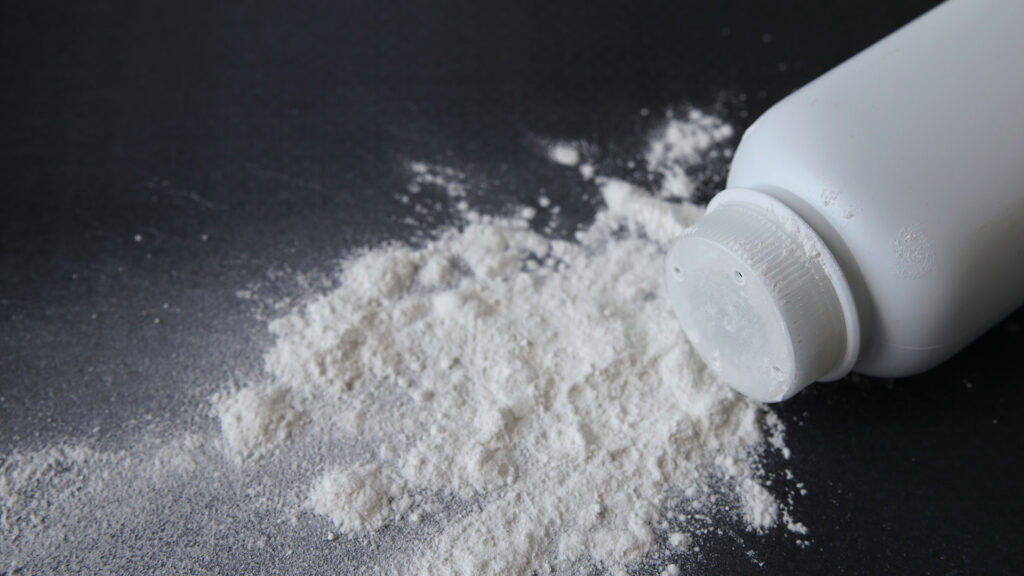You probably don’t think about asbestos exposure very often. The EPA banned its use in 1989, and after all the news articles about how asbestos causes cancer and mesothelioma, who would want to use it at all?
But the ban was removed a few years later, and while contractors virtually never use asbestos in residential applications anymore, it remains in millions of homes, especially those built before the 1970s.
Although asbestos in the home usually doesn’t pose a day-to-day danger, homeowners need to know the dangers involved in disturbing it, the consequences of asbestos exposure and the proper methods for asbestos removal.
Due to its heat resistance and strength, asbestos was used in a wide variety of construction purposes such as flooring, drywall and insulation. Basement pipe insulation and tape on old duct work are among the most common places you’ll find dangerous asbestos, because it breaks up over time and all of it is several decades old.
You can’t see or smell asbestos. The only way to be sure is to hire an environmental consulting firm or asbestos building inspector for asbestos testing. They’ll take fingernail-sized samples and test them in a laboratory. This work will usually cost between $100 and $700, depending on how extensive the testing is.
Some asbestos materials, such as flooring, are best left undisturbed. If you plan on doing work that involves breaking up, removing or drilling through those materials, though, call an asbestos professional. Asbestos removal is not federally regulated, but most states require licensing.
Source: The Seattle Times



